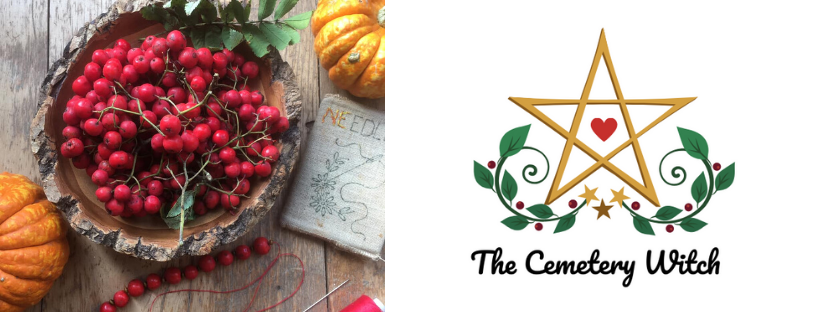What’s in a name?
Generally old place names were formed from Old English words that were descriptive of the landscape that a settlement sat in, or designed so that people would know what they could find there - for example Blacksmith’s Lane, Bakery Road.
They can reflect old myths and superstitions; for example Nicker Hill, in Keyworth, “nicker” being an old name for a mythical river monster.
Some road names carry a darker reference to the past. For example Gallows Hill in Lancaster. This name refers to the place where the so-called Pendle Witches were executed, a group of people who were tried in 1612 for the murders of 10 people supposedly by witchcraft.
Locally, seven women were burnt on Woman’s Lane in nearby Leicester for supposedly bewitching a thirteen year old boy; but a quick search has revealed that this name has since been changed.
There are some interesting road names in the U.K: Ghost House Lane (Nottinghamshire), Blood Hill (Suffolk), Black Cat Drive (Northamptonshire), Witches Walk (Somerset), Bats Lane (Dorset), Broomstick Lane (Buckinghamshire), Ducking Stool Court (Essex).
I was always curious about a road named in the next village, Panter’s Lane. After doing some research I found out that Panter is an old Scottish and English (mainly Northamptonshire) word for a servant in charge of the supply of bread and other provisions in a monastery or large household. This makes sense as this village dates back to the Middle Ages, and there were two main families of note, presumably with large dwellings, that would have employed the service of others in the village.
Do you live on an interestingly named road? What’s the best road name you’ve ever seen?
